DOT Proposes Phase II of Bike Lane Expansion in Bushwick
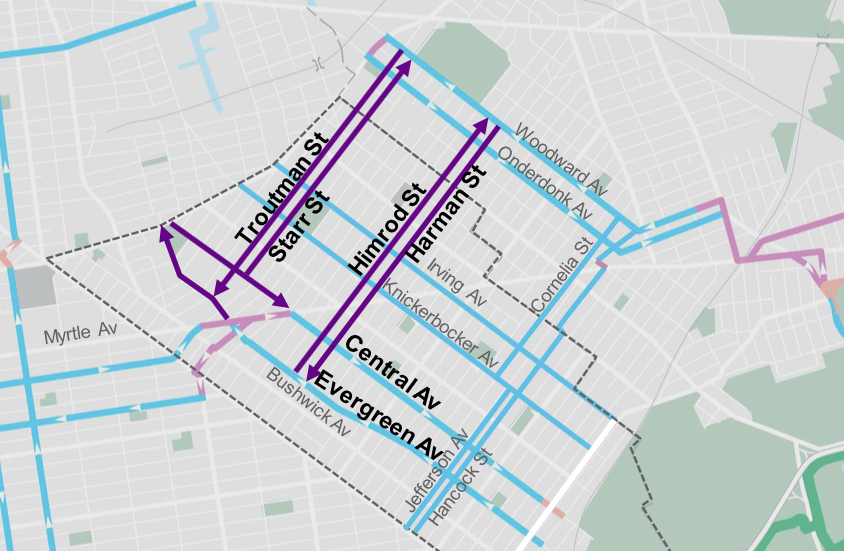
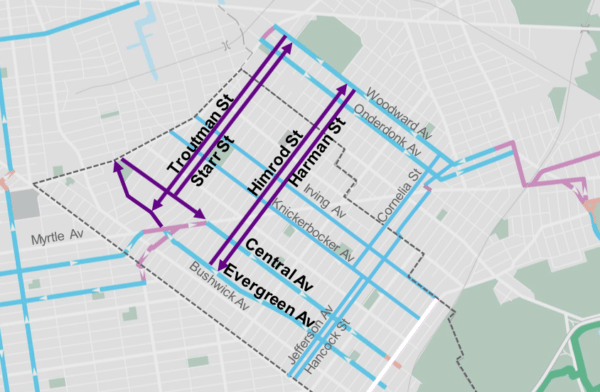
BUSHWICK -After adding more bike lanes to Bushwick streets last year, the DOT has proposed expansion in Phase II of their Bike Network project in the neighborhood.
Community Board 4—Bushwick—is considered a Priority Bicycle District due to the high number of cyclists killed or severely injured in the area combined with lacking bike network coverage.
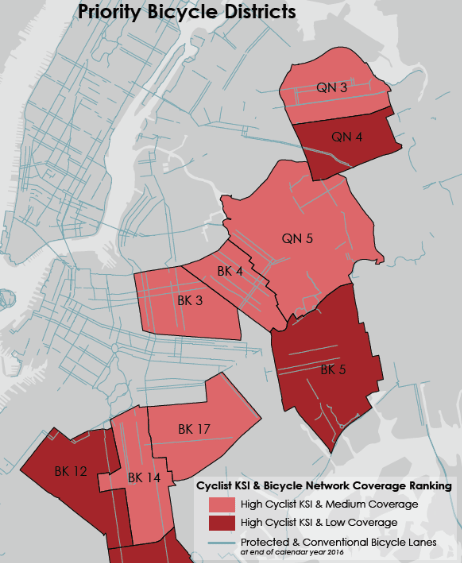
Because almost 90% of bike fatalities occur on streets without cyclist facilities, the DOT plans to create or enhance 75 miles of bike lanes in these priority districts by 2022.
Last year, the DOT installed bike lanes on Knickerbocker and Irving Avenues, as well as Jefferson and Hancock Streets. As a result, DOT counts showed at least 84% of cyclists using bike lanes and 87% of cyclists traveling in the same direction of traffic.
Additionally, the amount of bicyclists on the sidewalk—the main threat to pedestrians—had dropped to less that 5%.
Buoyed by these successes, the Bike Network was back in front of CB 4, detailing their plans for the next phase. This means connecting established bike corridors to complete the network, adding lanes on Troutman and Starr Streets, as well as Himrod and Harman Streets.
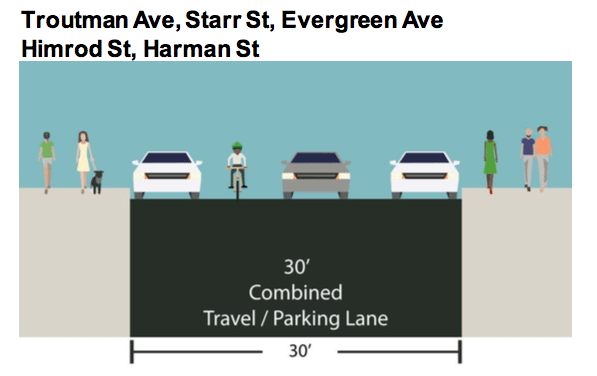
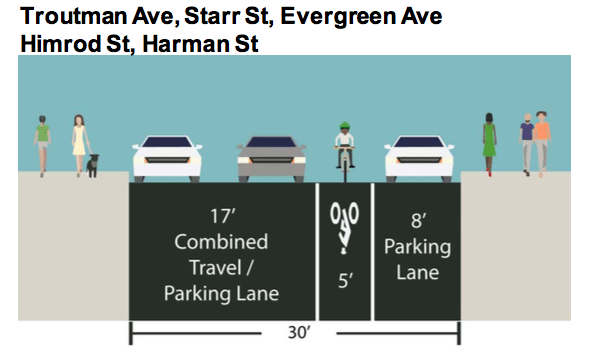
The presentation emphasized that the project would not result in any loss of parking keep the number of travel lanes the same—it would just organize the road, for both drivers and cyclists.
Many members of the community who drive had objections, wondering what would happen during alternate side parking, when many residents leave their cars double-parked and unattended. The DOT officials present said they could only comment on the law (which dictates double parked cars must be occupied) and not the way in which it may be enforced.
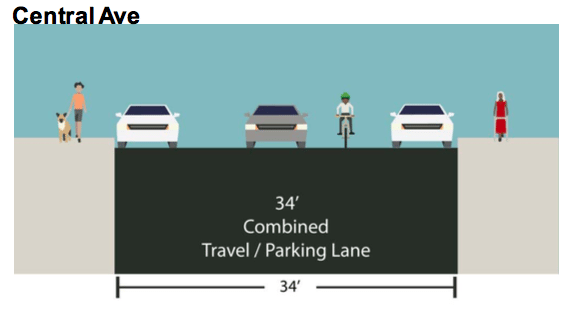
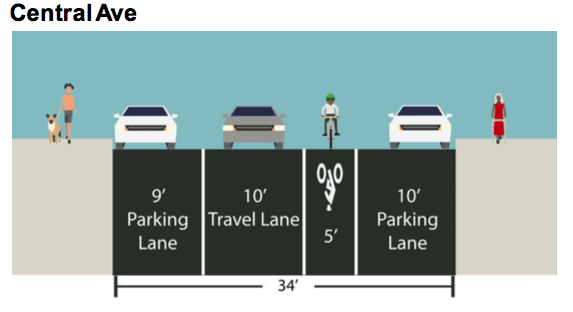
Concerns were raised about the large number of trucks used throughout Bushwick and how curb management would be affected by the increase in bike lanes. While the DOT representatives didn’t have concrete answers, they did tease an upcoming city-wide study on trucking that would hopefully shed some light on issues throughout the boroughs and lead to specific Brooklyn solutions.
Overall, cyclists in the community were happy, and one who both bikes and drives brought up an excellent point: the new delineation of the roadway allows both bicyclists and drivers to expect what the other is going to do and will hopefully cut down on accidents.
An added bonus came in the tentative “yes” response a OT staffer gave when asked about repaving—new bike lanes might also mean new surfaces on Bushwick streets.
A question as to whether major arteries like Bushwick Ave would ever see bike lanes was summarily shut down—the proposed network of lanes is being made in hopes of keeping cyclists off the busiest streets and providing them alternatives.
Of course, the vocal majority was fearful of changes that would make driving or parking more difficult in their eyes.The conversation inevitably drifted into the heated realm of cyclists disobeying traffic laws, with calls for increased enforcement and ticketing, even the licensing and insuring of bicyclists to increase accountability.
The city will do its part, with DOT street ambassadors educating cyclists at events and NYPD continuing to enforce traffic laws, but as always, the mindsets of the two constituencies, drivers and cyclists, very much remain in their lanes.
The full presentation of the Bike Network can be found here, while the DOT’s latest Bike Safety Study, which provides the research basis for plans, can be found here.




